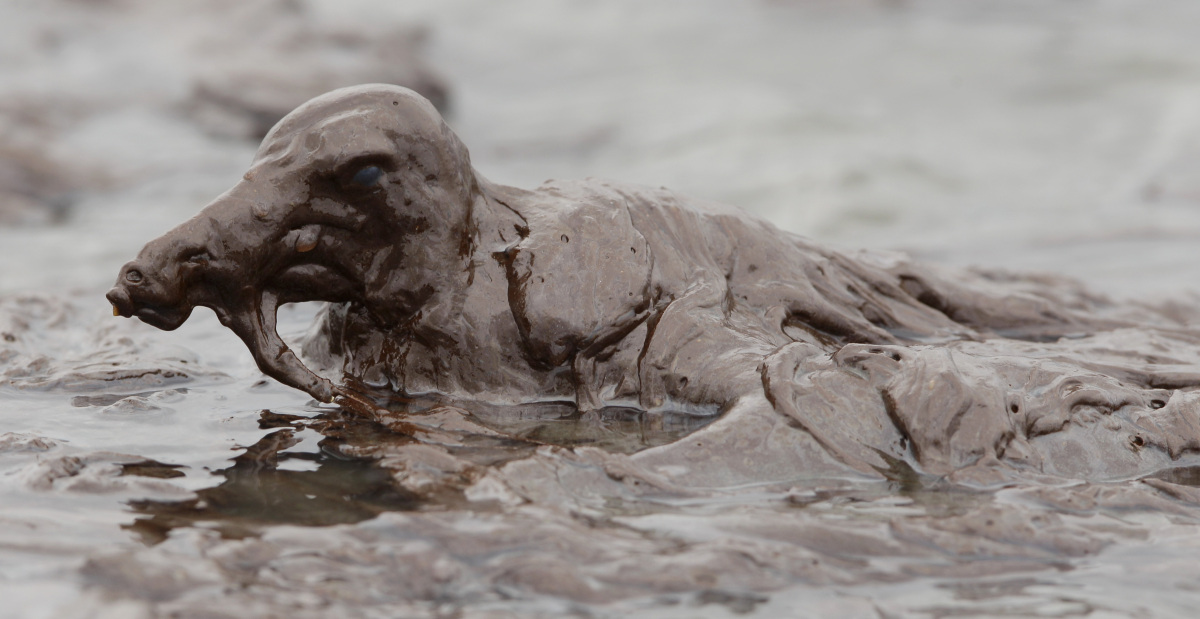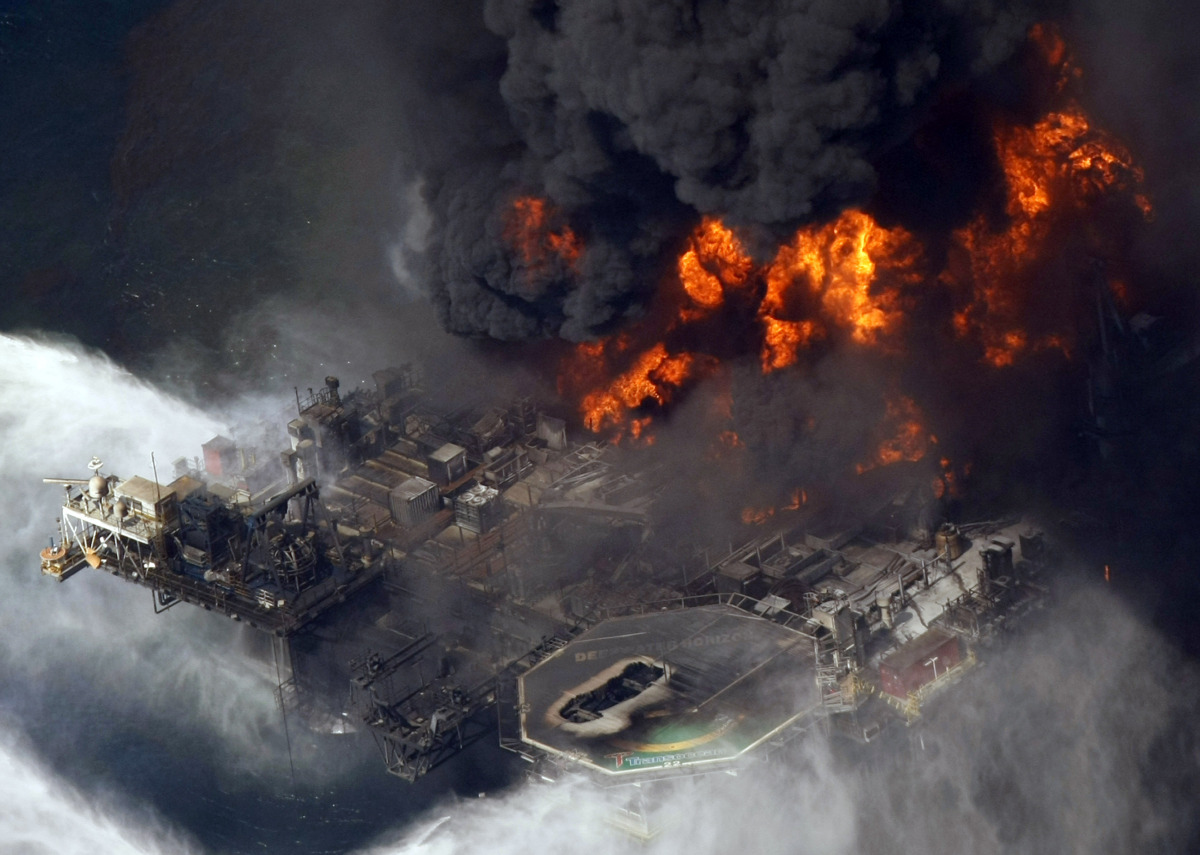Big wave surfing has risen to prominence in recent years because of the Billabong XXL Global Big Wave Awards. The 2013 cycle for entries actually ended March 20. The rules for Big Wave Award given by Billabong are thus:
The Billabong XXL Biggest Wave Award will be won by the surfer who, by any means available, catches and successfully rides the single biggest wave of the year based on objective analysis and measurement of the available images. The prize will be awarded in the amount of $15,000. The photographer who captures the winning still or video image will be awarded $4,000.
There are other awards, including "Ride of the Year" ($50,000) and "The Monster Paddle Award" ($15,000). The Ride of the Year is given to a rider by a panel of judges based on the most committed and advanced level of big wave surfing during a single successful run. The Monster Paddle Award is more telling: it goes to the individual who self-paddles and manages to ride the biggest wave based on available photographic evidence. So what's the difference between the "Monster Paddle" and "Big Wave"?
Often, when people who aren't surfers, or who don't think about surfing that much in their daily lives, imagine surfing, they visualize a sport that hasn't changed in recent years. People go out with a surf board, they hop on and paddle out, and then they ride that wave towards the shore. They hop off and repeat. Sometimes, in my mind at least, they look like Patrick Swayze and rob banks and surf forever because "he's not coming back."
Point Break actually contains a lot of information about big wave surfing. Big wave surfers travel the world looking for breaks- perfect ocean terrains that allow waves to break further bigger and better, so that they swell big without curling and crashing too soon. You don't get a 100 foot wave just anywhere in the world and there are a few places, at only a few times of year, that this type of break occurs. Big breaks have well known names- "Jaws" in Maui, "Mavericks" in Northern California, "Cloudbreak" in Fiji, "Ghost Tree" in Northern California, and "Torquay"- the point break at Bell's Beach, Australia featured in the clip above. Waves break for various topographical reasons- a point break is when a wall of water hits an elevated point of land or rocks jutting out from the coast line. There are also reef breaks, sand breaks, and shore breaks- all of which you can extrapolate the definition based on that of a point break. Nazare, on the coast of Portugal, is a shore break- waves break as they run into shallow land closer to shore. But there is also something really special about Nazare's underwater topography that makes it a perfect place for catching huge waves: running vertical to the shoreline is an underwater canyon 16,000 feet deep (that's almost 3X the Grand Canyon's depths). This canyon has been described as an arrow pointing directly at the shore line. As waves approach the shore, they are funneled into this canyon. Deep water becomes focused as the water fills this canyon and what was a fairly flat deep wave becomes higher and higher as it approaches the shore. By the time it breaks, the wave is enormous. During the winter, when storms hit Portugal at just the right angle, the waves become monstrous. And that's when the big wave surfers arrive.
So, what's the big deal? How is this new if people have been searching for these waves forever? Well, big wave surfing is still about the wave riding, but it doesn't involve much paddling. In the Point Break clip above, a surfer calls those waves "death on a stick" and to someone paddling out, or trying to ride, or even getting back in, they would be. But jet skis have allowed surfers to go after bigger waves, ratcheting up their rides and the risks involved.
If you check out the clip below of McNamara's ride, you'll see he's never alone in the water- there is always a jet ski near him while he's riding. There are multiple reasons for this. The first is that he would have never gotten on the wave without the help of the jet ski. In big wave surfing, a jet ski pilot takes the ski out to the place where the waves break, pulling a surfer behind on a rope line. The jet ski gets the surfer close enough to "catch" the wave and then gets out of the way before the wave takes the craft as well. This type of surfing is called "tow-in" surfing and it allows big wave surfers to catch bigger and bigger breaks.
BIG MONDAY the video from Surftotal TV on Vimeo.
Jet skis also perform two other functions. The first is that they pick the surfer up after their ride. Big wave surfing involves big wipe outs- and these wipe outs can be deadly if the surfer isn't picked up out of the water soon. Surfers can be knocked unconscious by their own boards, or get smashed on the rock breaks, and if they are pitted and can't get out of the surf on their own, they are going to have to endure break after overhead break underwater. The likelihood of severe injury or death is high. So jet skis are near by to pluck a surfer out of the water and whisk them away from danger. If they weren't there, the death toll from big wave surfing would probably be dramatic (Or more devastating than it already is).
In addition, jet skis carry photographers and videographers. If you notice the awards given by Billabong, you'll notice that a. you can't win a surfing award without photos and video for judges to inspect and b. photographers are also part of the award. It isn't enough that you ride a large wave, the photos and videos count as evidence. Where ever there's a big wave surfer, there's a photographer waiting to put it on film. Many of these guys sit on the back of jet skis or in boats (if the waves permit) and capture these runs at the risk to their own lives.
Big wave surfing such as McNamara demonstrated on Jan 28, 2013 wouldn't be possible without jet skis. It's a fairly new sport (tow-in surfing was popularized in 1992 by Laird Hamilton and Derrick Doerner), and an extremely dangerous one. Without jet skis in the area, death is a definite threat.
Jet skis sparked debates in Northern California at "Mavericks" in 2011 when a surfer, Sion Milosky, died while surfing. Surfers in the area blamed the ban on personalized water crafts in the area, and pushed for a year round ski patrol to assist surfers in trouble. The ban on water craft in the Monterey Bay National Marine Sanctuary began in 1994. Jet skis were restricted to four areas of the Sanctuary, one of which included "Mavericks"; later it was decided that personalized water craft would only be allowed at the popular surf spot when the National Weather Service declared a high-surf warning. During the high-surf warning, tow-in surfing was allowed. The concern on the use of water craft was for local fauna- it is a nesting site for many bird species and there is a nearby rookery for seals. It also hosts migrating gray whales and sea otters have been seen in the area.
The fight over the ban erupted at the death of Milosky, and the near death of another surfer earlier in the 2011 season. The battle for jet skis at Mavericks still continues. Who knows the right answer. Breaks are singular events and surfers take certain breaks and rides seriously- but it does seem to me to be a personal risk- one that doesn't have to be mediated by the federal or local government. There are marine sanctuaries for a reason. Surfers who complain that they must tow-in surf, or that they must have a jet ski to save their comrades when the going gets tough, blame the local government for not providing these services. But is it the job of the government to keep surfers safe if they chose to ride big waves?
Surfing has changed in the last 20 years- the introduction of tow-in surfing, and the competition to ride bigger and bigger waves has created a sporting arms race that is potentially deadly for everyone involved. But it is also amazing. Surfers search out these epic events based on meteorological and topographical data. I can't imagine a hundred foot wave- let alone imagine riding one. But these men and women are committed to this sport- and to pushing it beyond the boundaries set by human limitations. The technology of jet skis and other personal water craft has allowed boundary expansion.
If you're interested in big waves surfing, or big waves in general, I suggest you check out The Wave by Susan Casey. Casey was creative director for Outside Magazine and helped to develop and edit the pieces for Into Thin Air, The Perfect Storm, and Blue Crush. The Wave examines all aspects of big waves- the physics behind trying to understand them, the current excitement around big wave riding, and my favorite part, the history of rogue waves. During the Rogue Wave chapter she looks at the amount of ships lost to rogue waves throughout history- visiting Lloyd's of London and interviewing wrecking crews who rescue these ships. The book is really entertaining and well written.
I'm off to watch Point Break and dream about the beach.




